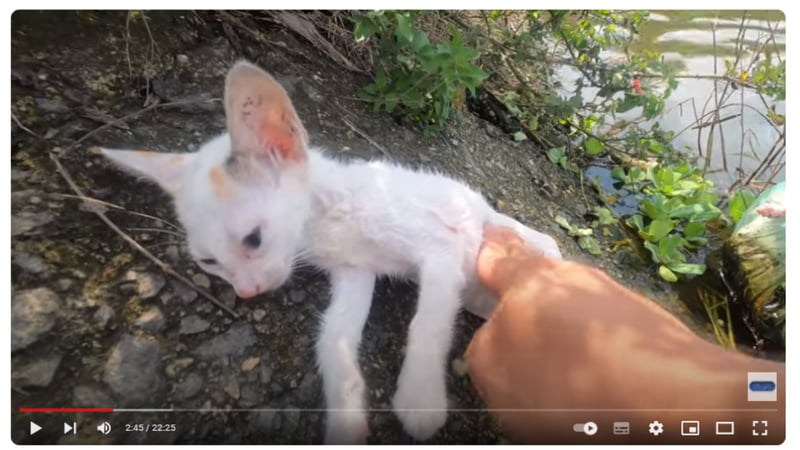
Are Animal Rescues You See Online Real? New Report Reveals Disturbing Trend
News
A new report has exposed a growing trend of fake animal rescues flooding social platforms. These videos, designed to tug at your heartstrings, often show animals in dangerous or distressing situations
Next time you scroll through social media and come across a heartwarming animal rescue, stop for a moment and ask: is this real?
A new report has exposed a growing trend of fake animal rescues flooding platforms like Facebook, Instagram, YouTube, TikTok, and Twitter/X. These videos, designed to tug at your heartstrings, often show animals in dangerous or distressing situations—abandoned, trapped, or under threat—only to be “heroically” rescued by the very people who put them there. All for views, likes, and shares.
Spot the Scam: Unmasking Fake Animal Rescues
The report, Spot the Scam: Unmasking Fake Animal Rescues, comes from the Social Media Animal Cruelty Coalition (SMACC), a group of 26 animal protection organisations including World Animal Protection. After investigating for just six weeks, they found more than 1,000 fake rescue videos. Many of these clips have gone viral, racking up over 572 million views. And it’s not just for attention—some creators even ask for donations, pretending to raise money for the animals they’ve ‘saved.’
Imagine watching a video of a kitten trapped in a tight spot, scared and helpless, only for a person to come to the rescue just in time. Sounds heartwarming, right? But what if that kitten was put there deliberately for the sake of the video?
This disturbing content involves all kinds of vulnerable animals—cats, puppies, even young monkeys. And while we get to watch their ‘rescue,’ we rarely know what happens to them afterwards.
When animals are manipulated or placed in harmful situations for the sake of dramatic social media content, their welfare is severely compromised. The stress and trauma inflicted upon them can have lasting effects, manifesting in behaviours indicative of anxiety and distress, as well as physical injuries.
Social media platforms must do more to tackle, and identify, fake rescue content and remove it from their platforms, whilst the work of genuine animal rescue organizations should be protected and promoted on social media.
SMACC is calling on social media companies to do more to spot and remove this harmful content, which violates many platforms’ rules. They’re also urging you—the viewers—to stay vigilant. If you see a video that feels too good (or too shocking) to be true, it probably is.
SMACC has created the A.R.C. test to help spot fake rescues:
- Authenticity: Is there a legitimate animal rescue organisation involved?
- Reality Check: Does the situation seem like something that would happen naturally?
- Creation: Is the setting or storyline repeated across multiple videos from the same creator?
Fake rescue content is a growing problem across all major platforms. Facebook and Instagram host nearly half of it, while TikTok and YouTube aren’t far behind.
The most common videos involve cats (42%), followed by primates, dogs, snakes, and turtles, often in outrageous scenarios like being buried alive or nearly attacked by predators.

So, the next time a rescue video pops up in your feed, think twice before you hit ‘like’ or ‘share.’ There’s a good chance the animals you see aren’t being rescued at all—but exploited for profit.
Related News
-

COP29 will be remembered as the 'great finance escape'
News
Read the roundup of COP29, where World Animal Protection advocated for animal welfare in the fight against climate...
-

Are Animal Rescues You See Online Real? New Report...
News
A new report has exposed a growing trend of fake animal rescues flooding social platforms.
-

World Animal Day 2024: Vote for Your Favourite Wild...
News
Celebrate World Animal Day 2024 by Voting in the Wild Animal Unique Personality Award! Voting is open...


